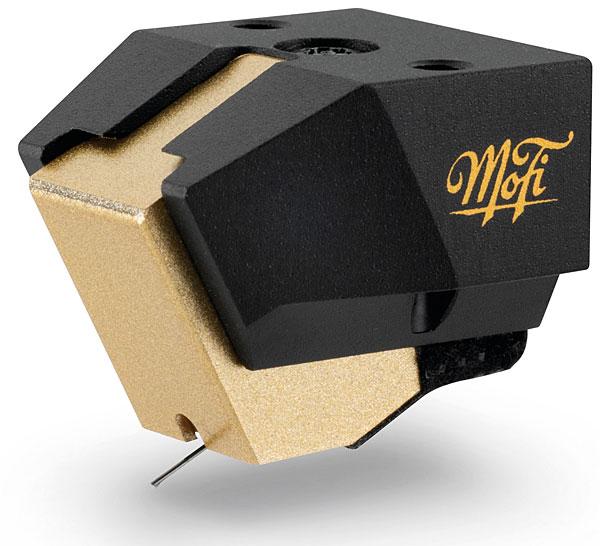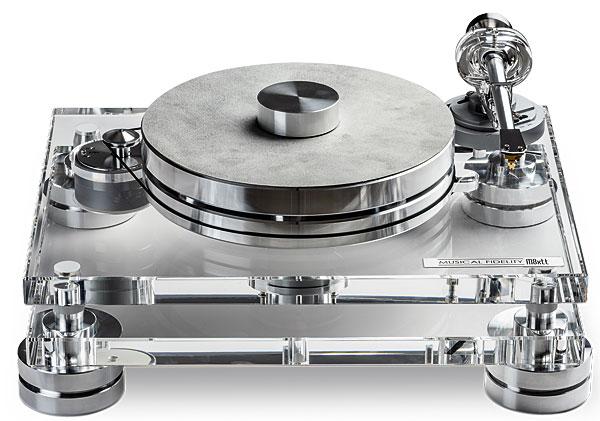Turntables, Arms & Cartridges
Sort By: Post DateTitle Publish Date
|
Jan 14, 2025 |
First Published: Dec 01, 2024
|
Apr 04, 2009
|
Apr 04, 2009

 With two tried-and-tested belt-driven turntables already in its repertoire, vinyl maven MoFi dallies with a novel drive strategy for its heavyweight MasterDeck flagship
With two tried-and-tested belt-driven turntables already in its repertoire, vinyl maven MoFi dallies with a novel drive strategy for its heavyweight MasterDeck flagship




 Inspired by Musical Fidelity's statuesque, near all-acrylic M1 turntable from 2004, the brand's new owners have reimagined the design to partner its massive Nu-Vista amps
Inspired by Musical Fidelity's statuesque, near all-acrylic M1 turntable from 2004, the brand's new owners have reimagined the design to partner its massive Nu-Vista amps





